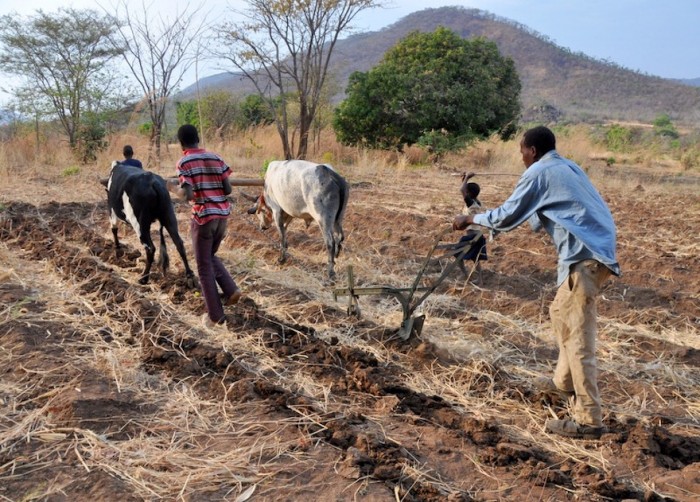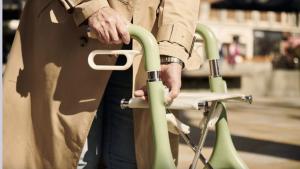
Zambia has eight times less than the World Meteorological Organisation’s recommended number of weather stations needed to effectively monitor weather in a country. This is a problem for the developing country because its subsistence farmers rely on weather forecasts to manage their crops and its rural dwellers have little means of knowing when a natural disaster will occur. To address this issue, scientists at the National Centre for Atmospheric Research (NCAR) have come up with a low-cost alternative to costly weather stations using 3D printing.

Zambia’s current weather stations are outdated and need to be repaired or replaced but commercial weather stations cost in the region of 10 000 to 20 000 US dollars plus additional funding for maintenance. NCAR’s version works just as well as the commercial model but it only costs 300 dollars. The low-tech station is comprised of a 3D-printed frame and is equipped with basic off-the-shelf sensors that monitor and store rainfall, temperature, humidity, wind speed and air pressure data. The whole system is powered by a single solar panel, and the plastic parts can easily be reproduced through a 3D printer when needed.
So far, the NCAR team has set up five of the weather stations in Zambia. The scientists are working with the Zambian Meteorological Department to make the weather station’s forecasts available to locals via radio and the web. To encourage the adoption of the project amongst locals, the scientists intend on handing over the technology to their Zambian partners, who will be trained in how to read the data and how to build the machines. The goal here is to create a network of more than 100 weather stations that will offer enough data to start reading weather patterns in advance.
For the time being, the recently installed weather stations are providing much needed weather information for farmers and alerting communities about possible floods and other weather-related disasters.






